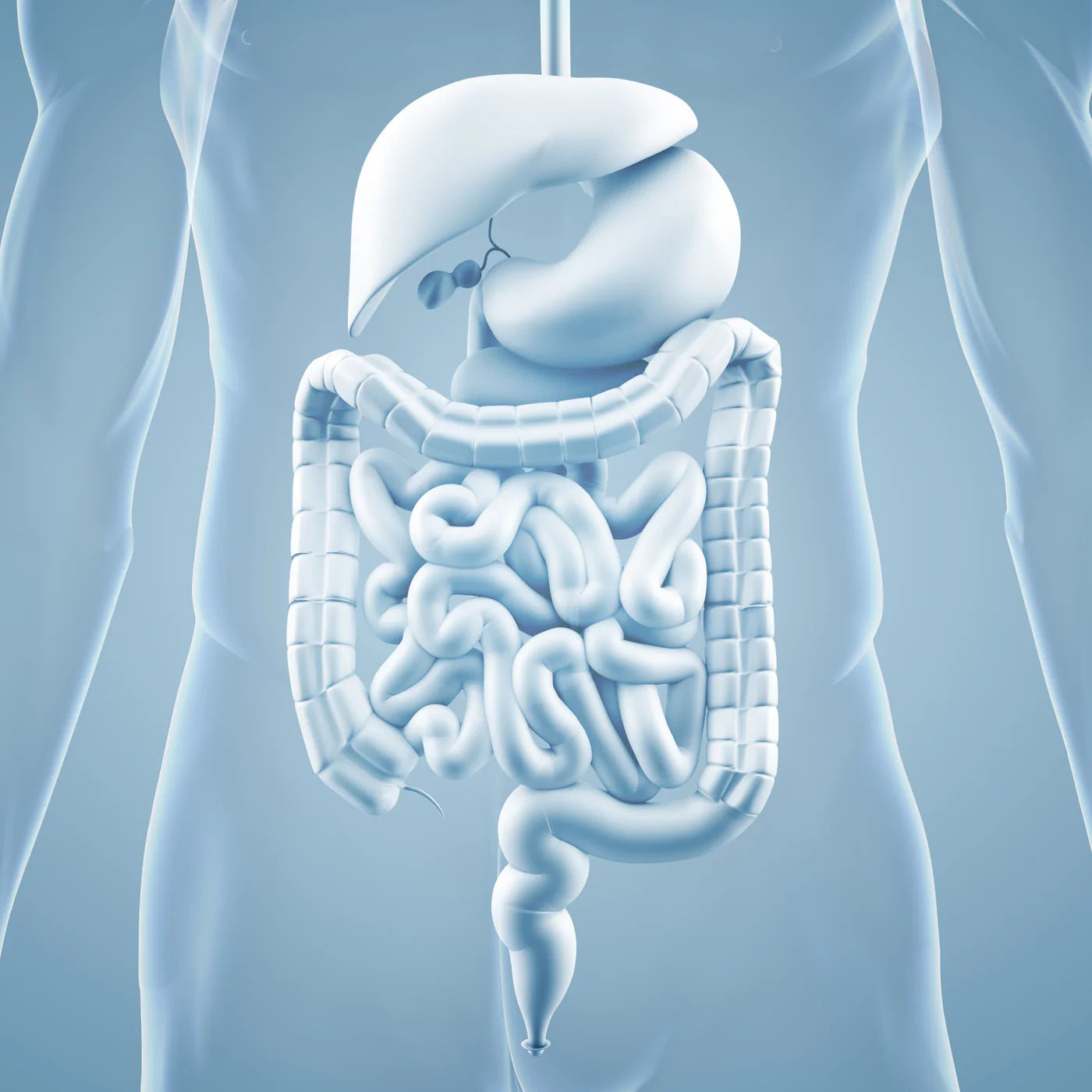Welcome to Unit 1
Constipation is more common than you might think, affecting millions of people worldwide. In this unit, we’ll explain what constipation really is, how it manifests, and how to diagnose it properly using tools like the Bristol Stool Chart. By understanding constipation, you can begin to identify whether it is affecting your daily life.
Defining Constipation
Constipation is typically defined as having fewer than three bowel movements per week, but it can also refer to hard, dry stools that are difficult to pass, regardless of how often you have bowel movements. What’s considered "normal" for one person might not be for another—bowel habits vary widely.

The human digestive system, highlighting the intestines and colon where constipation often occurs.
However, chronic constipation, defined by persistent symptoms over an extended period, can lead to more severe complications, including:
- Haemorrhoids and anal fissures.
- Bloating and gas caused by methane, which is produced by the fermentation of stool trapped in the colon.
- Faecal impaction in more severe cases.
Interestingly, constipation can also present as diarrhoea. This is known as overflow diarrhoea, where a blockage in the intestines causes only liquid stool to pass around the hardened stool. This form of diarrhoea is often a sign of severe constipation.
Why Does Constipation Matter?
When stool remains in the colon for too long, more water is absorbed from it, making it harder and more difficult to pass. This leads to symptoms such as:
- Bloating and gas: Stool fermentation in the colon produces gases like methane, which causes bloating and adds to the discomfort of constipation.
- Straining: This can increase the risk of developing haemorrhoids or tears in the anal canal.
- Incomplete evacuation: The feeling that your bowel has not been fully emptied after a movement.
 Bloating caused by methane gas, produced as stool ferments in the colon during constipation.
Bloating caused by methane gas, produced as stool ferments in the colon during constipation.
How to Diagnose Constipation: The Bristol Stool Chart
Diagnosing constipation isn’t just about how often you have bowel movements—stool consistency is key. The Bristol Stool Chart is a helpful tool that categorises stool into seven types:
- Types 1 and 2: Associated with constipation (hard, lumpy stools).
- Types 3 and 4: Considered normal (soft, smooth stools).
- Types 5 to 7: These suggest diarrhoea, but overflow diarrhoea caused by constipation can present as loose stool (Type 6 or 7).
Using this chart helps assess the state of your digestion and identify whether you’re dealing with constipation.
 The Bristol Stool Chart classifies stool into seven types, ranging from hard lumps to liquid consistency, helping identify constipation.
The Bristol Stool Chart classifies stool into seven types, ranging from hard lumps to liquid consistency, helping identify constipation.
Additional Symptoms to Watch For
Here are some additional symptoms to monitor alongside stool consistency:
- Bloating and gas: Methane gas, produced by trapped stool in the colon, causes bloating and discomfort.
- Straining: If you need to strain to pass stool, this is a clear sign of constipation.
- Incomplete evacuation: A sensation of incomplete bowel movements may indicate constipation even if you're having frequent bowel movements.
Actionable Task: Track Your Bowel Habits Using the Bristol Stool Chart
Over the next week, use the Bristol Stool Chart to categorise your bowel movements:
- Stool type: Identify the consistency of your stool.
- Frequency: How often are you having bowel movements?
- Symptoms: Are you experiencing bloating, gas, or straining?
Keeping track of your bowel movements and related symptoms can help you better understand your digestive health and identify any patterns that may indicate constipation.
Further Reading
- Bristol Stool Chart: Learn more about using the Bristol Stool Chart to diagnose constipation in this article.
- Methane production and bloating: Explore the relationship between methane gas and constipation in this article.
















